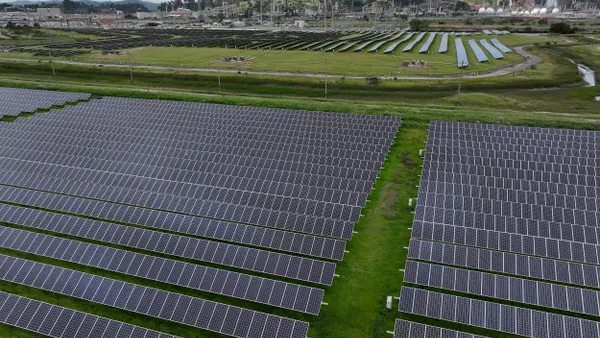Dive Brief:
- World-wide revenue for advanced utility-scale battery energy storage is forecasted to grow from $231.9 million in 2016 to $3.6 billion by 2025, according to "Advanced Batteries for Utility-Scale Energy Storage," a new report from Navigant Research.
- Two key drivers are new rules allowing battery storage systems to participate in organized power markets and new business models and financing that are moving capital into battery energy storage projects.
- Investors are realizing the newest generation of lithium ion, sodium-metal halide, sodium sulfur, flow, and advanced lead-acid batteries are safe, durable, and cost-efficient enough to serve grid needs, according to the report. The biggest growth is expected in Asia-Pacific, North America, and Western Europe.
Dive Insight:
The battery energy storage market’s compound annual growth rate (CAGR) is forecast to be 35.8% between 2016 and 2025. Energy capacity is expected to grow from 1.4 GWh to 42.7 GWh in the same time frame, a CAGR of 45.6%.
Lithium ion batteries continue to lead in utility-scale storage because they offer the best mix of power capacity and discharge duration, according to the report. Advanced lead-acid batteries continue to have the advantage in power-intensive applications. Flow batteries are expected to eventually take over where longer-duration services are required because they can scale up at a lower cost than other forms of battery energy storage.
The factors expected to most influence the amount and type of battery storage in any particular market include the amount of variable generation deployed and policy support in the form of subsidies and mandates. Also vital are the grid and market structure, demographics, and the stability of the grid.
While resource mix and geographic diversity strategies can accommodate lower penetrations of variable renewables, battery storage can provide value both as a grid stabilizing resource and as a way to improve the economics of individual generating facilities by limiting curtailment and firming output.












